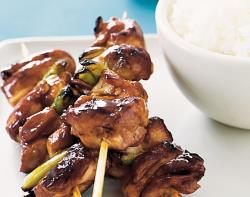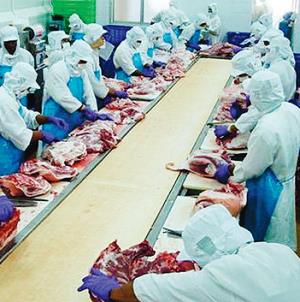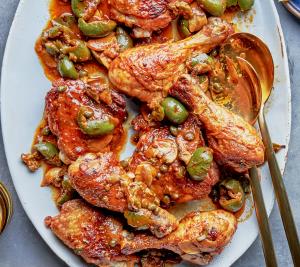|
According to USDA-FAS GAIN Report JA2021-0042 released March 30th, production of broilers in Japan will remain at 1.765 million metric tons, the same as in 2020. Imports will increase by 5,000 metric tons to 1.01 million metric tons or 34 percent of total supply. Domestic consumption of 2.775 million metric tons represents a per capita consumption of 48.2 lbs assuming a population of 127 million.
 FAS ascribes the static production to losses sustained from avian influenza, although the layer industry has suffered disproportionately with over 9 million layers or 5 percent of the total population having been depopulated. Spent layers are however processed in Japan and represent 10 percent of the total number of birds slaughtered annually. FAS ascribes the static production to losses sustained from avian influenza, although the layer industry has suffered disproportionately with over 9 million layers or 5 percent of the total population having been depopulated. Spent layers are however processed in Japan and represent 10 percent of the total number of birds slaughtered annually.
|

Thai workers prepare presentations for Japan |
|
In evaluating the proportions of animal meats consumed in Japan, out of 7.73 million metric tons, chicken represents 36 percent, beef 13 percent, pork 51 percent. Consumers in Japan derive a significant proportion of their protein from pulses, seafood, finfish and eggs.
 Of the exporters to Japan, Brazil represented 39 percent, joint ventures in China 16 percent and Thailand 42 percent with 3 percent from other suppliers. With a reduction in import duty effective April 1st 2021, in terms of the bilateral U.S.-Japan trade agreement, the U.S. might become competitive. The problem lies in presentation since products from Thailand and China comprise prepared forms requiring a high level of manual labor. Of the exporters to Japan, Brazil represented 39 percent, joint ventures in China 16 percent and Thailand 42 percent with 3 percent from other suppliers. With a reduction in import duty effective April 1st 2021, in terms of the bilateral U.S.-Japan trade agreement, the U.S. might become competitive. The problem lies in presentation since products from Thailand and China comprise prepared forms requiring a high level of manual labor.
Sales and hence production of chicken in 2020 was constrained by COVID with full service Izakaya-restaurants severely impacted. In recent months, Japanese and western style fast food establishments have increased sales with traditional Yakiniku restaurants failing to reestablish sales other than by offering pickup and delivery.
|